Emerging Supply Chain Trends – A Look at Evolving Finished Vehicle Logistics Amid Market Shifts and Trends
The Logistics & Supply Chain Management Society
APRIL 19, 2023
Major Trends: Volatile Production, Capacity Crisis & The Need for EV Automotive manufacturing is experiencing a huge global transformation compared to the past. million in 2022 to 39 million by 2030. 2022 was characterized by scarce transportation capacity and exceptionally high shipping container rates in first half of the year.

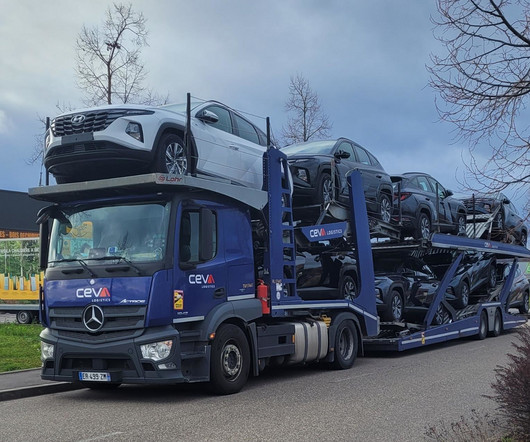
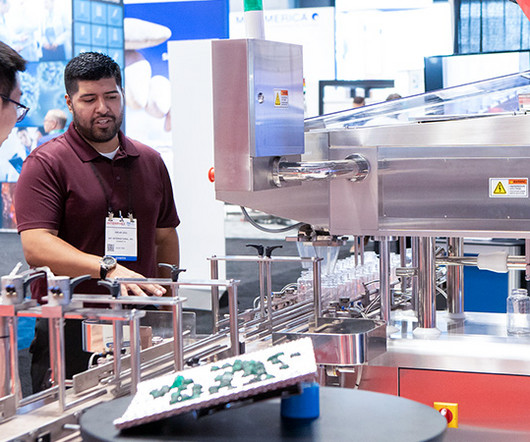


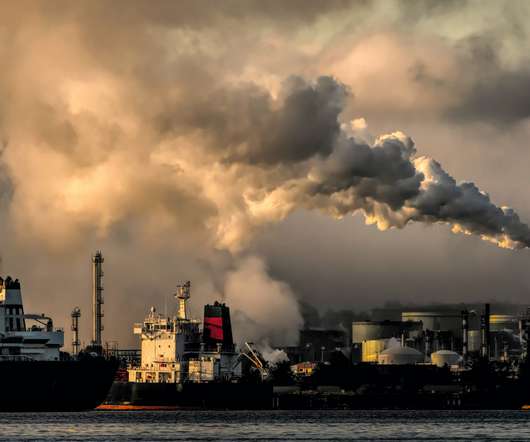


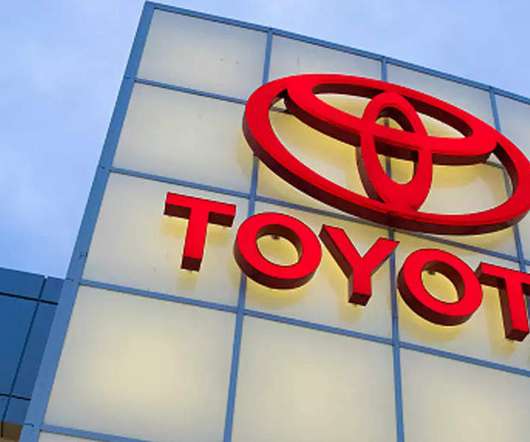
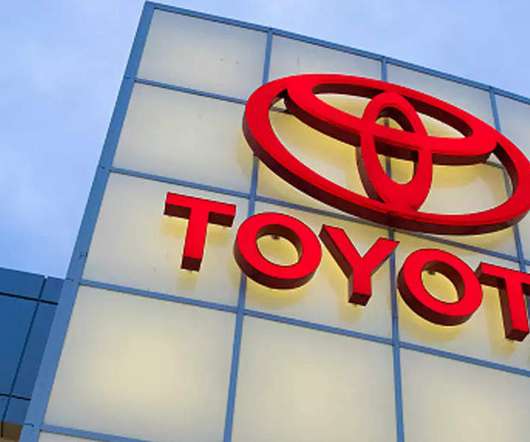
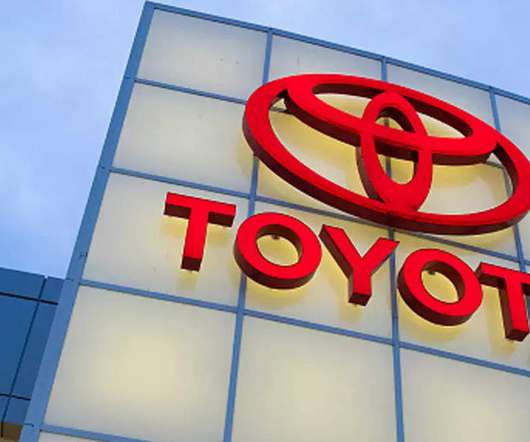

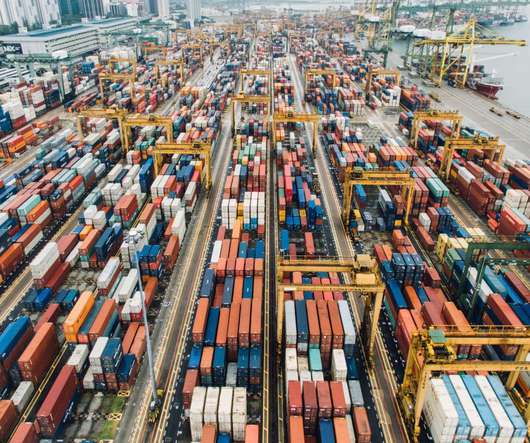











Let's personalize your content